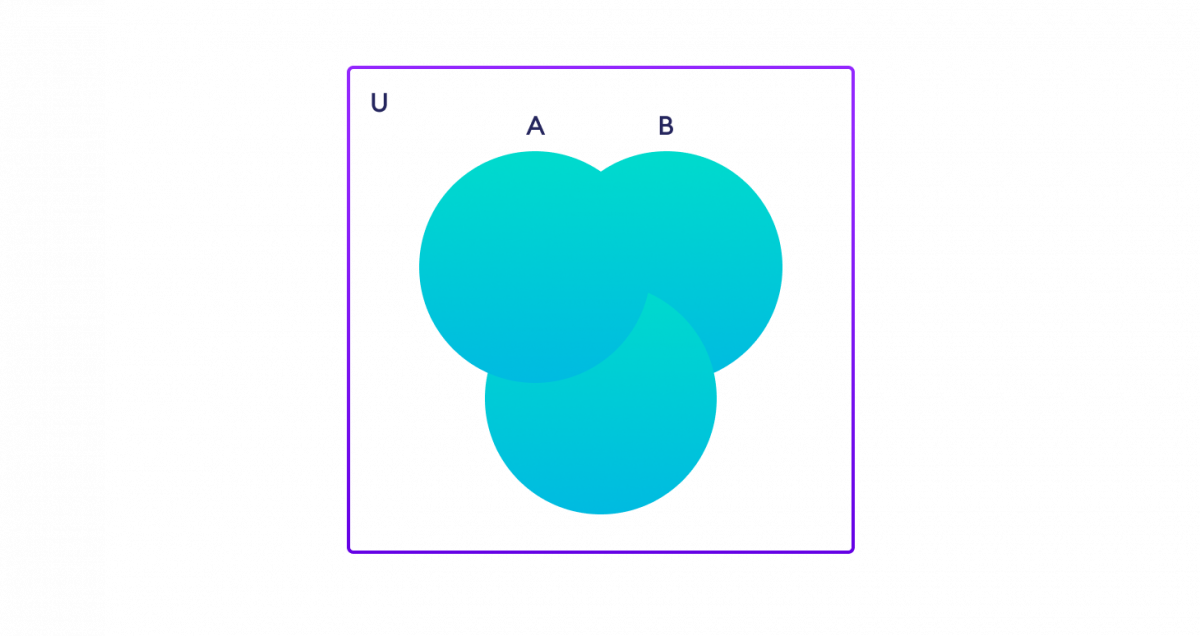The Python set union() method returns a new set with distinct elements from all the sets.
Example
A = {2, 3, 5}
B = {1, 3, 5}
# compute union between A and B
print('A U B = ', A.union(B))
# Output: A U B = {1, 2, 3, 5}
Syntax of Set union()
The syntax of union() is:
A.union(*other_sets)
Note: * is not part of the syntax. It is used to indicate that the method can take 0 or more arguments.
Return Value from union()
- The
union()method returns a new set with elements from the set and all other sets (passed as an argument). - If the argument is not passed to
union(), it returns a shallow copy of the set.
Example 1: Python Set union()
A = {'a', 'c', 'd'}
B = {'c', 'd', 2 }
C = {1, 2, 3}
print('A U B =', A.union(B))
print('B U C =', B.union(C))
print('A U B U C =', A.union(B, C))
print('A.union() =', A.union())
Output
A U B = {2, 'a', 'd', 'c'}
B U C = {1, 2, 3, 'd', 'c'}
A U B U C = {1, 2, 3, 'a', 'd', 'c'}
A.union() = {'a', 'd', 'c'}
Working of Set Union
The union of two or more sets is the set of all distinct elements present in all the sets. For example:
A = {1, 2}
B = {2, 3, 4}
C = {5}
Then,
A∪B = B∪A = {1, 2, 3, 4}
A∪C = C∪A = {1, 2, 5}
B∪C = C∪B = {2, 3, 4, 5}
A∪B∪C = {1, 2, 3, 4, 5}

Example 2: Set Union Using the | Operator
You can also find the union of sets using the | operator.
A = {'a', 'c', 'd'}
B = {'c', 'd', 2 }
C = {1, 2, 3}
print('A U B =', A| B)
print('B U C =', B | C)
print('A U B U C =', A | B | C)
Output
A U B = {2, 'a', 'c', 'd'}
B U C = {1, 2, 3, 'c', 'd'}
A U B U C = {1, 2, 3, 'a', 'c', 'd'}